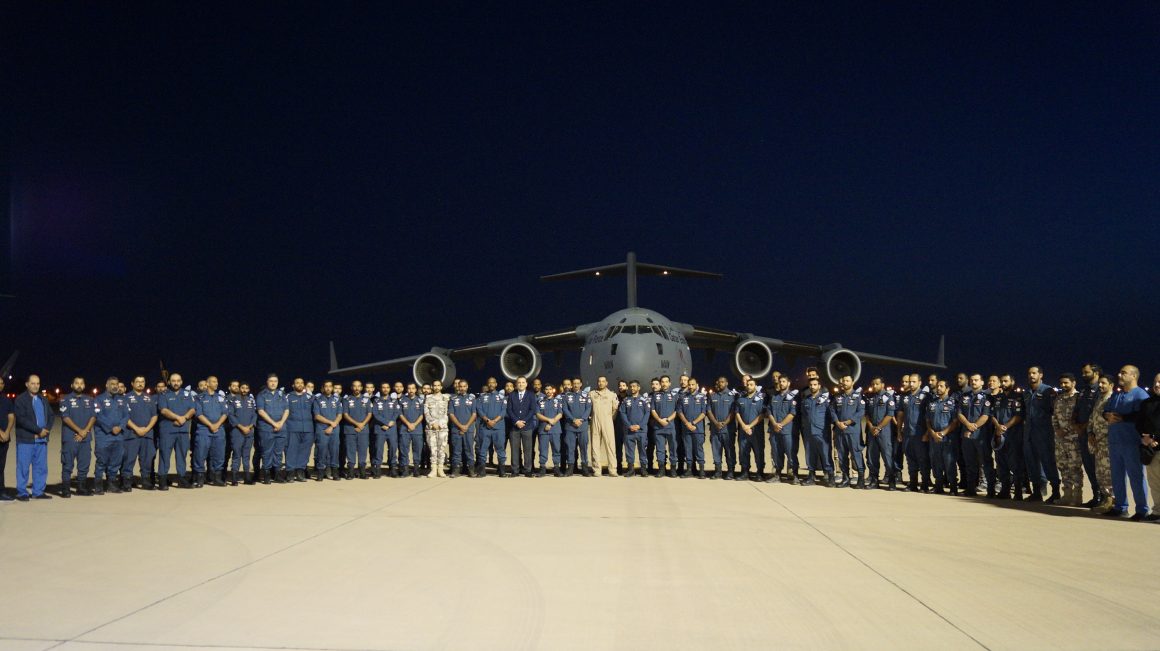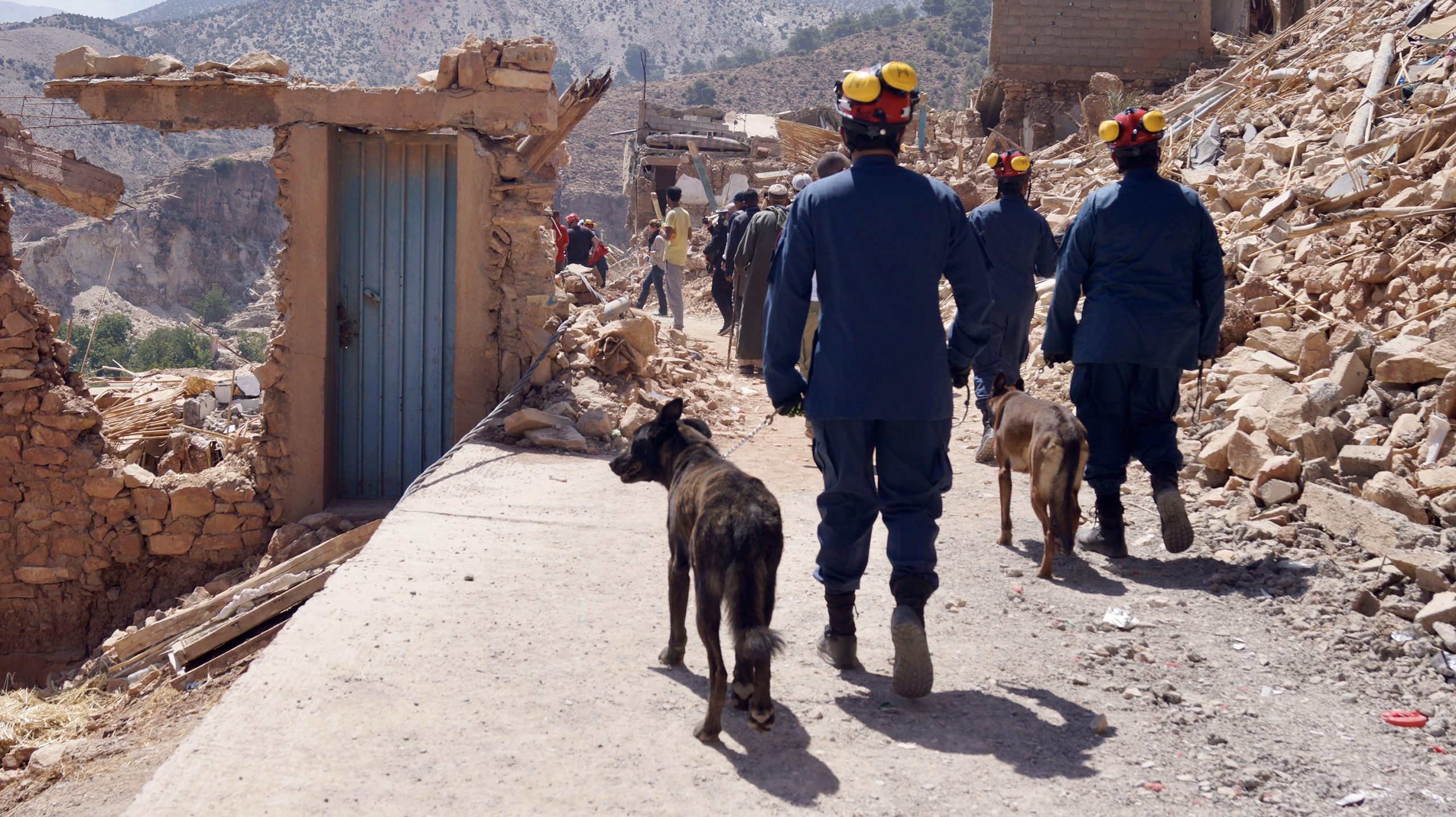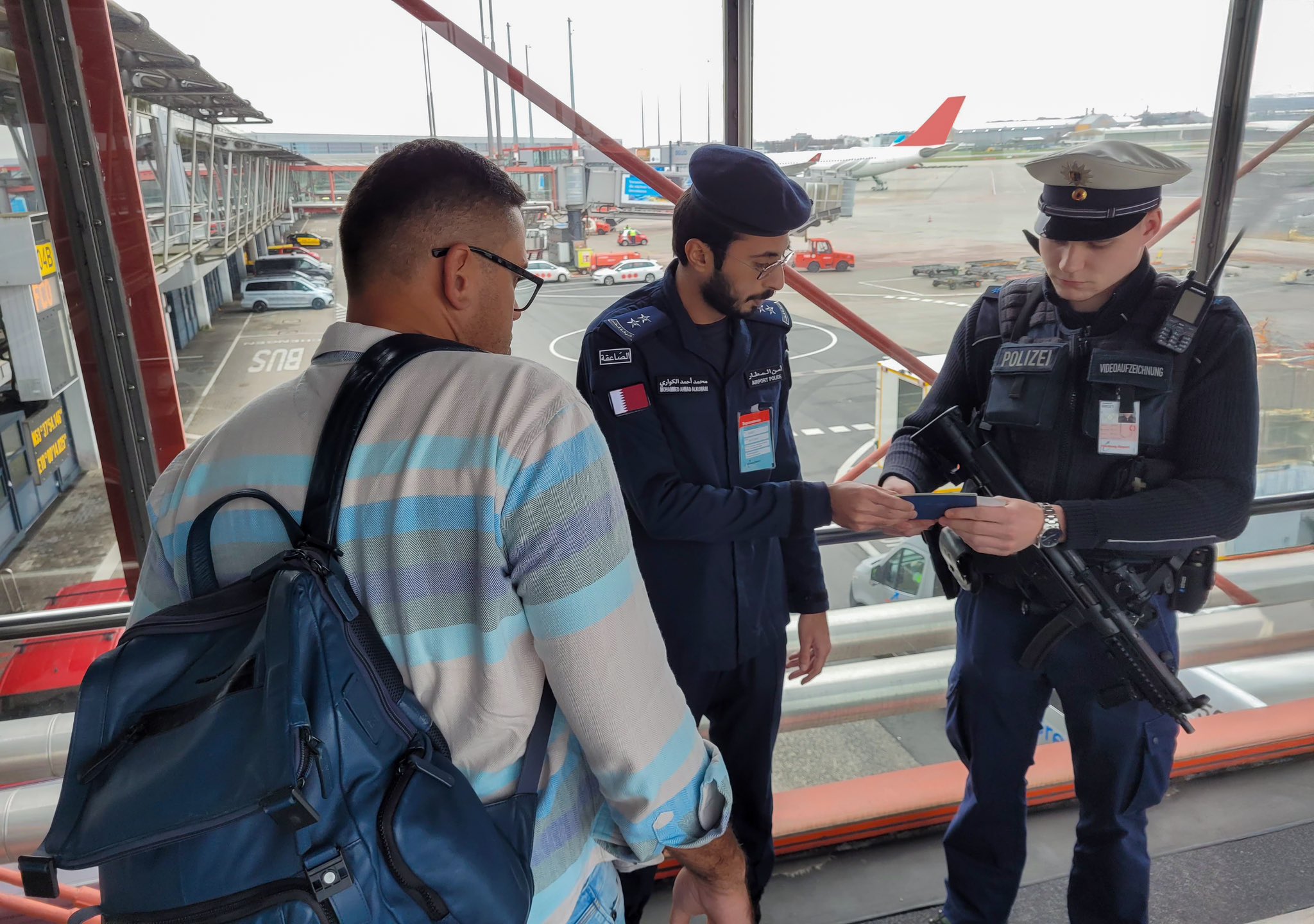According to the United Nations, at least 300,000 people were possibly affected by the earthquake, including 100,000 children.
The past week witnessed a catastrophic deadly earthquake in Morocco that shocked the region.
The devastating 6.8 magnitude earthquake struck Morocco late on 8 September, killing nearly 3,000 people while injuring more than 5,500 others.
The quake was the deadliest and the most violent to ever hit the North African country in a century, with villages located in mountainous areas sustaining most of the damage.

In a show of solidarity, Qatar’s Amir Sheikh Tamim bin Hamad Al Thani launched an air bridge to the quake-hit country just hours after the tragedy.
By 9 September, a team of Qatar’s Internal Security Force, also known as Lekhwiya, embarked on a search and rescue mission in the north African country.
The Gulf state sent at least 81 of its forces to Morocco, which joined other official foreign teams on the ground, including the United Arab Emirates, Spain, and the United Kingdom.
The Qatari team came equipped with at least nine vehicles, including a fire truck, as well as a number of K9 dogs.
By Tuesday night, the Lekwhiya’s week-long journey officially came to an end with their return to Doha via three Qatar Emiri Air Force jets.
Doha News followed the Lekhwiya in Morocco throughout their arduous mission, witnessing first-hand the devastation in the country.
“During the search and rescue operations, we worked in two provinces, Al Haouz and Taroudant, and we also had a blood donation campaign for our brothers in the Kingdom of Morocco,” Khalid Al Hemaidi, Lekwhiya Forces’ team leader, told Doha News just moments ahead of the team’s departure from Marrakesh.
Morocco’s King Mohammed VI also thanked Qatar’s search and rescue team on Sunday through a letter that he had sent to Al-Hemaidi, in which he had underlined the Lekhwiya’s “chivalrous and generous” efforts over the last week.
On Tuesday, Qatar’s amir started off his speech at the United Nations General Assembly in New York by extending his condolences to Morocco.
“Allow me first of all to offer my sincere condolences to His Majesty King Mohammed VI and to the brotherly Moroccan people for the victims of the devastating earthquake,” the Qatari leader said.
An uphill battle
The Lekhwiya team fought an uphill battle during their journey in Morocco.
Upon their arrival last week, the Lekhwiya joined hands with other foreign rescue teams in Morocco and scanned remote villages where the damage was mostly found.
The team managed to locate a number of sites in the Al Haouz and Taourdant provinces, all of which are located at least 3 hours away from Marrakesh, with more time needed to cautiously drive up the narrow roads of the mountains.
Piles of rubble can be found across the distant locations, where Moroccan forces and civilians were seen manually trying to clear the areas, some of which smelled of decaying bodies and broken cement.

Within the first couple of days of the search and rescue mission, the Qatari team managed to extract five bodies and a female who was alive at the time, but it remains unclear whether she survived after she was found.
The operations lasted hours, with the Lekhwiya leaving their place of accommodation in Marrakesh on a daily basis by the crack of dawn only to return at least 12 hours later.
As the Lekwhiya vehicles moved through the country, people were found cheering and waving at the Qatari team as children in the villages stood on the side of the streets directing them to the destroyed areas.
The journey was both emotionally and physically painful.
With everybody taken out, scenes of collective mourning would ensue, where women would start wailing in agony as others would chant prayers as they walked towards the burial sites at the entrances of each village.
In one village in Chichaoua, a total of 71 bodies were buried in an empty land between the rubble, where children who had survived the earthquake would stand to recite verses from the holy Quran.
One of the survivors, Sufyan, 18, had told Doha News that he had lost 32 of his family members, including his mother and only sister.
“When I came here and saw my mother’s clothes, I completely lost it, I cried […] I worked for those that I loved, but now I have no one to live for. At all,” he told Doha News on Saturday.

More than a week after the catastrophe, foreign teams officially moved from the search and rescue stage to recovery, with the distribution of much-needed humanitarian aid.
According to the United Nations, at least 300,000 people were possibly affected by the earthquake, including 100,000 children.
While life is currently back to normal in the vibrant city of Marrakesh, the villages are grappling with the aftermath of the tragedy, with nothing but prayers and a mere glimmer of hope in finally living under a safe, solid roof again.
The daily scenes of the destruction currently also serve as a daily reminder of the traumatic event that has scarred the nation.







